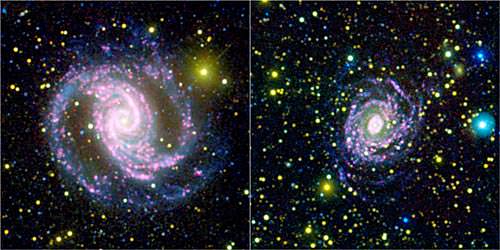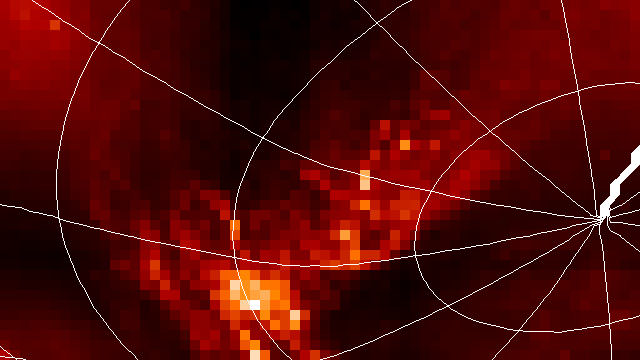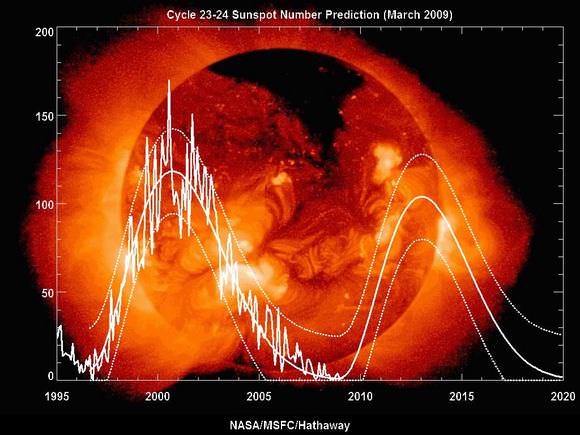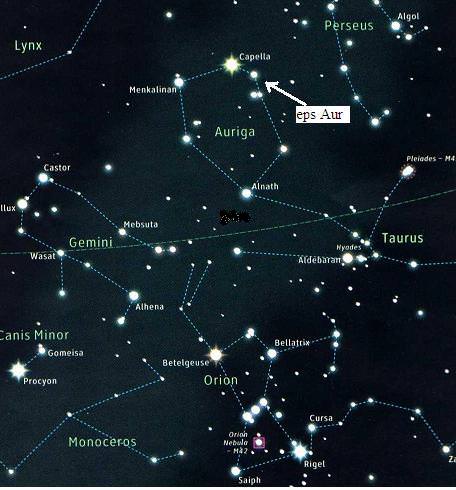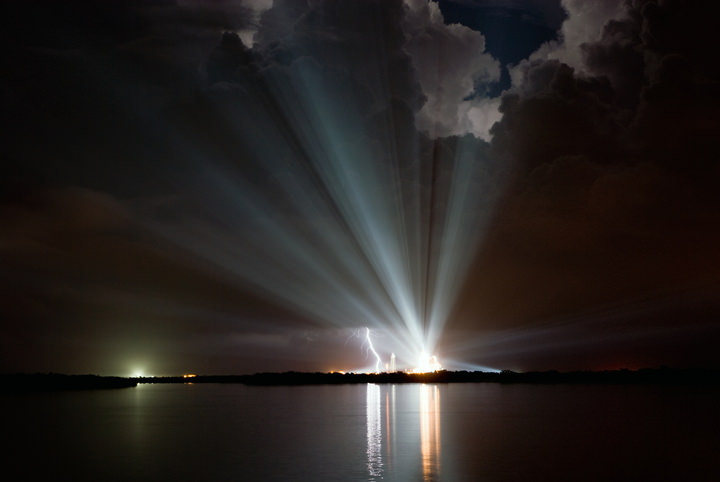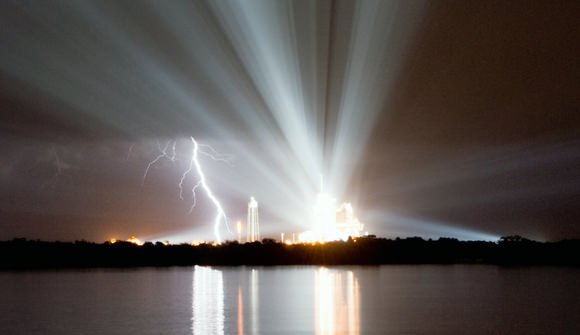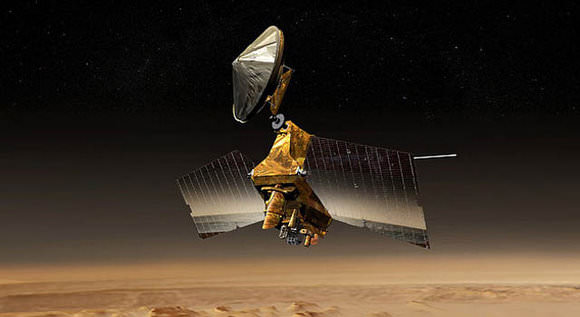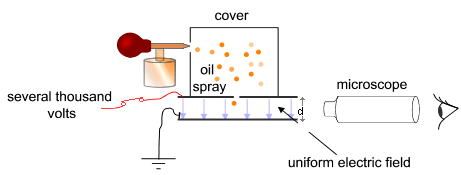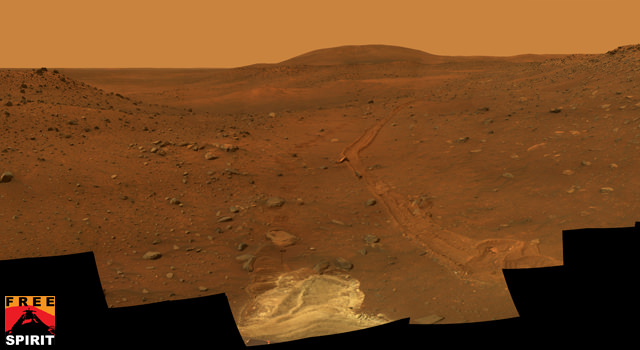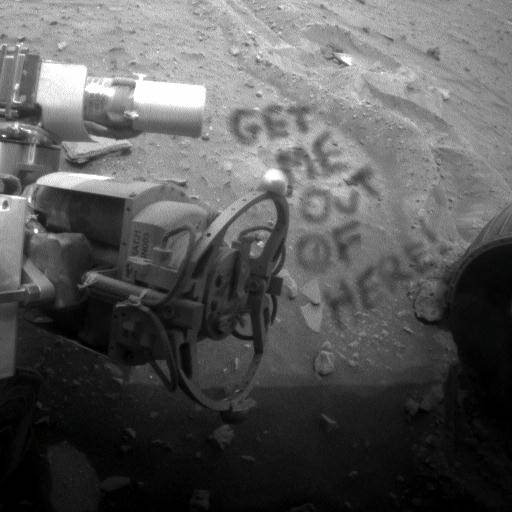[/caption]
An international team of astronomers has debunked a long-held belief about how stars are formed.
Since the 1950’s, astronomers believed groups of new-born stars obeyed the same rules of star formation, which meant the ratio of massive stars to lighter stars was pretty much the same from galaxy to galaxy. For every star 20 times more massive than the Sun or larger, for example, there’d be 500 stars equal to or less than the mass of the Sun.
“This was a really useful idea. Unfortunately it seems not to be true,” said team research leader Dr. Gerhardt Meurer of Johns Hopkins University in Baltimore.
This mass distribution of newly-born stars is called the ‘initial mass function’, or IMF. Most of the light we see from galaxies comes from the highest mass stars, while the total mass in stars is dominated by the lower mass stars which can’t be seen, so the IMF has implications in accurately determining the mass of galaxies. By measuring the amount of light from a population of stars, and making some corrections for the stars’ ages, astronomers can use the IMF to estimate the total mass of that population of stars.
Results for different galaxies can be compared only if the IMF is the same everywhere, but Dr. Meurer’s team has shown this ratio of high-mass to low-mass newborn stars differs between galaxies. Small ‘dwarf’ galaxies, for instance, form many more low-mass stars than expected.
To arrive at this finding, Dr. Meurer’s team used galaxies in the HIPASS Survey (HI Parkes All Sky Survey) done with the Parkes radio telescope near Sydney, Australia. A radio survey was used because galaxies contain substantial amounts of neutral hydrogen gas, the raw material for forming stars, and the neutral hydrogen emits radio waves.
The team measured two tracers of star formation, ultraviolet and H-alpha emissions, in 103 of the survey galaxies using NASA’s GALEX satellite and the 1.5-m CTIO optical telescope in Chile.
Selecting galaxies on the basis of their neutral hydrogen gave a sample of galaxies of many different shapes and sizes, unbiased by their star formation history.
H-alpha emission traces the presence of very massive stars called O stars, the birth of a star with a mass more than 20 times that of the Sun.
The UV emission, traces both O stars and the less massive B stars — overall, stars more than three times the mass of the Sun.
Meurer’s team found the ratio of H-alpha to UV emission varied from galaxy to galaxy, implying the IMF also did, at least at its upper end.
“This is complicated work, and we’ve necessarily had to take into account many factors that affect the ratio of H-alpha to UV emission, such as the fact that B stars live much longer than O stars,” Dr. Meurer said.
Dr. Meurer’s team suggests the IMF seems to be sensitive to the physical conditions of the star-forming region, particularly gas pressure. For instance, massive stars are most likely to form in high-pressure environments such as tightly bound star clusters.
The team’s results allow a better understanding of other recently observed phenomena that have been puzzling astronomers, such as variation of the ratio of H-alpha to ultraviolet light as a function of radius within some galaxies. This now makes sense as the stellar mix varies as the pressure drops with radius, just like the pressure varies with altitude on the Earth.
The work confirms tentative suggestions made first by Veronique Buat and collaborators in France in 1987, and then a more substantial study last year by Eric Hoversteen and Karl Glazebrook working out of Johns Hopkins and Swinburne Universities that suggested the same result.
Source: CSIRO

